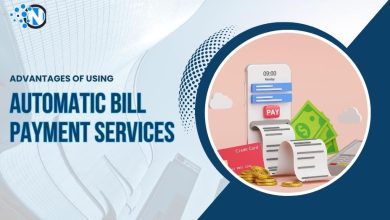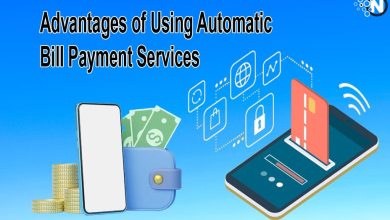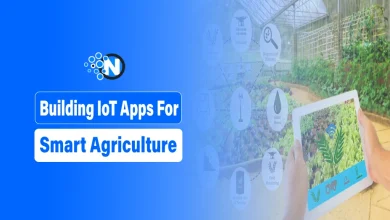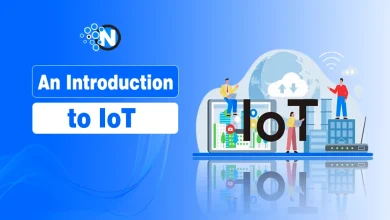The Role of IoT in Fleet Monitoring and Optimization

The Internet of Things (IoT) is transforming the way industries operate in the era of digital revolution. Transport is not an exception.
Fleet management is one of the areas where IoT has had the strongest influence, as connected devices are transforming how businesses track, control, and streamline their vehicle fleets. IoT is contributing to efficiency, safety, and sustainability throughout the transportation industry, through real-time tracking to predictive maintenance.
Solutions like database ports provide additional insights into shipping data and port operations, linking fleet activity with global infrastructure. But how does this all come together in practice?
In this blog post, I will discuss the real impact of IoT on fleet monitoring and explore how it’s reshaping the way transport businesses operate.
What Is IoT in Fleet Management?
IoT is a network of connected devices and systems that collect and exchange data. The devices used in fleet management are in the form of GPS trackers, cameras, sensors, and onboard diagnostics systems that are fitted on vehicles.
These devices report to centralized systems to give actionable information on the performance of the vehicles, the behavior of the drivers, and the operation logistics.

Benefits of IoT in Fleet Monitoring and Optimization
Real-Time Data: The Backbone of Smarter Decisions
Access to real-time data is one of the fundamental strengths of the IoT in fleet operations. There are vehicles with GPS trackers, engine sensors, fuel sensors, and temperature sensors that can send data instantly to a central system. It is not only a live stream of information that can be used to keep track of location, but it is also the foundation of decision-making.
Managers and dispatchers can observe the precise position of all the trucks: Is the truck in motion? Idling? Stuck in traffic? Overheating? This enables quick response, route optimization and improved communication with customers. The data that is collected over time also serves in making predictions about delays, mechanical failures before they become critical, and optimizing the operations plans.
Predictive Maintenance and Vehicle Health
Traditionally, maintenance schedules were based on time or mileage intervals. With IoT, that’s no longer the smartest approach. Instead, sensors monitor the actual condition of critical components in real time. Brake pad wear, oil quality, coolant levels, battery voltage, everything is tracked.
When anomalies are detected, alerts are sent instantly. This shift to predictive maintenance minimizes unplanned downtime, reduces repair costs, and extends the lifespan of the fleet. Vehicles are serviced when they require attention, not just because the calendar dictates it.
Driver Behavior and Safety Monitoring
Although it is crucial to take care of the vehicle’s health, a person behind the wheel is equally important. IoT systems have onboard diagnostics that monitor the behavior of drivers: speeding, excessive braking, unpredictable lane change, and fatigue indicators.
This not only assists in ensuring safety regulation compliance but also allows you to use data in training and evaluation of performance. When drivers realize that their actions are monitored they become more responsible. And businesses will see reduced accident rates, insurance rates and liability.
Fuel Efficiency and Environmental Impact
As fuel prices keep increasing and the government imposes tougher emissions laws, cutting down on consumption is not only good for the environment, but is also necessary in order to remain competitive. IoT devices can monitor fuel consumption with a fantastic accuracy, finding out the inefficient driving behavior, idle time, and unauthorized fuel consumption.
Moreover, real-time traffic information is used to plan smart routes that prevent congestion and redundant routes. The route optimization will lead to a lower fuel cost as well as less time and wear on the vehicles.
Benefits of Centralized Fleet Management Platforms
To fully harness IoT, companies need a unified platform to process and visualize the data. A well-integrated system brings all the moving parts together, sensors, vehicles, drivers, routes, into a single dashboard. Here are a few key benefits of using such platforms:
- They provide real-time fleet visibility across all regions and vehicle types.
- Alerts and notifications help managers respond to issues as they occur.
- Historical data can be analyzed to improve performance trends and KPIs.
- Automation tools simplify scheduling, dispatching, and reporting.
- Integration with third-party tools and APIs expands functionality.
A centralized platform becomes a strategic asset, streamlining operations and enabling data-driven decision-making.
Challenges and Data Security Concerns
Of course, no tech solution is perfect. The more connected a fleet becomes, the more it must grapple with cybersecurity. Vehicles that transmit and receive data over networks can be vulnerable to attacks if not properly secured. Encrypting data, updating software regularly, and isolating critical systems are now part of modern fleet operations.
Additionally, not all companies are ready for the infrastructure and costs associated with full-scale IoT implementation. However, scalable solutions and flexible subscription models are making adoption easier even for small to mid-sized fleets.
Looking Ahead: The Future of IoT in Fleet Optimization
IoT in fleet management only continues to increase in size. The capabilities of connected fleets will keep changing as 5G, edge computing and AI-driven analytics become more popular. Fleet managers are likely to see & implement more intelligent predictive systems, autonomous support capabilities, and further integration with supply chain platforms in the near future.
The point is that the first companies to adopt this tech will have a huge competitive advantage, whether it is accelerated delivery times, safer roads, or streamlined processes.
Conclusion
The adoption of IoT in fleet management is not a dream; it is already changing the face of logistics, sensor by sensor. IoT allows companies to move more accurately and with confidence in a complex and competitive environment by allowing real-time data collection, predictive maintenance, enhanced driver monitoring, and centralized control.
As technology evolves, wise investors will not only keep pace with the times but also lead the pack in efficiency and innovation in transportation management.




